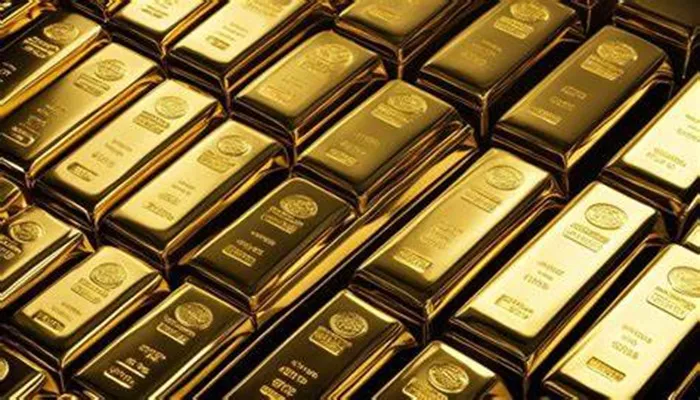Gold prices recently hit an all-time high, surpassing the $3,500 mark, with the price reaching $3,500.33 for the first time in history. However, after this peak, gold faced significant selling pressure, causing the price to retreat to around $3,323. In India, the gold rate currently stands at Rs 95,890, down from the record high of Rs 98,713 in the spot market in Ahmedabad on April 22. In some cities, the price even touched Rs 1,01,000, setting a historic record in the Indian market.
Over the past year, gold has surged by 42%, with a 25% increase occurring in just four months of 2025. Notably, the metal also delivered a 10% return in April alone. This remarkable rally has been driven by growing investor unease with dollar-backed assets, prompting a shift toward gold as a safer investment.
Despite this, the rapid increase in gold prices has been followed by a sharp reversal. On Tuesday and Wednesday, after hitting the record high, gold prices fell by more than 3%. Dr. Renisha Chainani, Head of Research at Augmont, commented, “The market appears to have peaked in the short term. Markets are still digesting President Donald Trump’s softer stance on the US-China trade war and his unexpected change of heart regarding Federal Reserve Chair Jerome Powell.”
The rally in gold prices had been fueled by economic uncertainty, particularly stemming from the US-China trade tensions. However, following Trump’s comments suggesting a slowdown in trade hostilities with China and his backtrack on the idea of removing Powell from the Federal Reserve, both equity and bond markets rebounded. Furthermore, the strengthening of the dollar, which has an inverse relationship with gold, contributed to a pullback in gold prices.
Gold thrives in uncertain economic conditions, and as fears of a US-China trade war subsided, the demand for gold softened. Yet, despite the recent decline from record highs, gold remains strong. Dr. Chainani added, “Although recession concerns have eased, the global economy has already suffered significant damage. Rebuilding trust in the United States as a reliable trade partner will take time, which continues to support gold prices.”
On Thursday, gold made a comeback, rising 1% to trade around $3,323, reversing the previous two-day decline. Anxiety over the US-China trade conflict fueled renewed demand for the precious metal. Treasury Secretary Scott Bessent stated that substantial tariff reductions between the United States and China are necessary before trade talks can progress, but emphasized that President Trump would not unilaterally reduce tariffs on Chinese imports.
Chintan Mehta, CEO of Abans Financial Services, noted, “Gold prices rose after a brief correction due to profit-taking as the metal hit record highs. The rebound was driven by Trump’s frequent policy shifts, which have unsettled investor sentiment. This uncertainty surrounding the U.S. economic outlook has heightened demand for gold as a safe-haven asset.”
Institutional perspectives also reflect a bullish outlook for gold. Goldman Sachs recently raised its gold price forecast for the end of 2025 to $3,700 per ounce, with the potential for prices to reach as high as $4,500. JP Morgan also sees gold prices surpassing $4,000 per ounce by Q2 2026.
Mehta added, “Gold is now eyeing a move toward Rs 99,520, with key support at Rs 88,000. Given the ongoing geopolitical risks and economic uncertainties, we believe the conditions are in place for gold to continue its upward trajectory.”
Related topics:
- What is the Value of 18K Gold?
- Why Does Gold Price Increase During War?
- What is the Best Price Being Paid for Gold Sovereigns?


